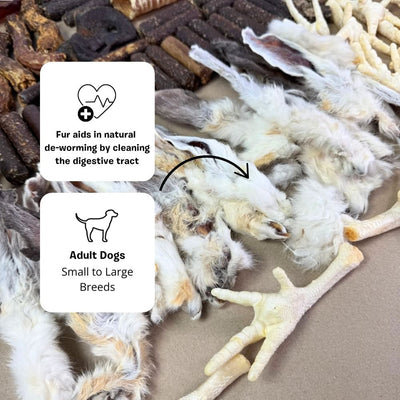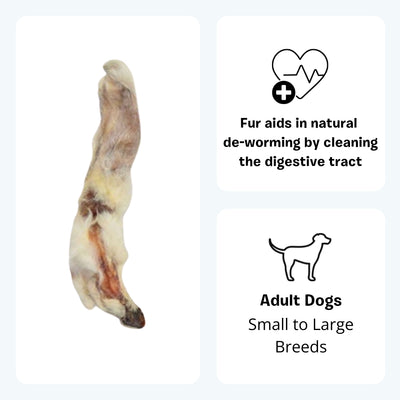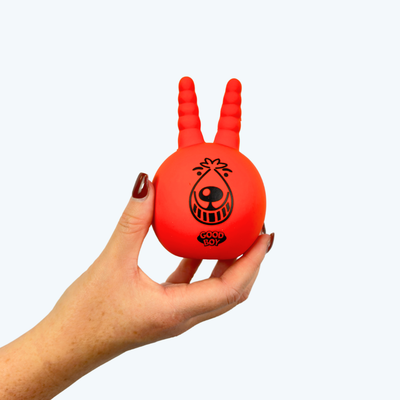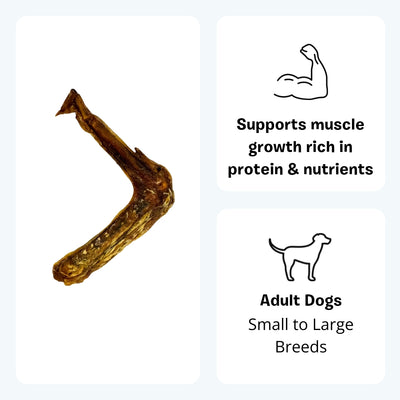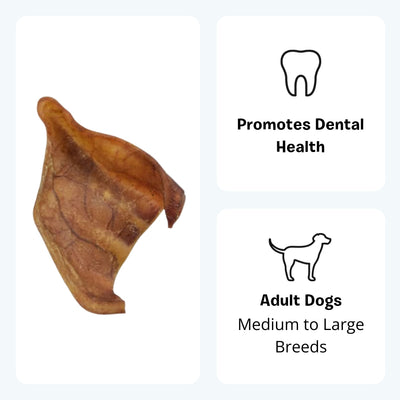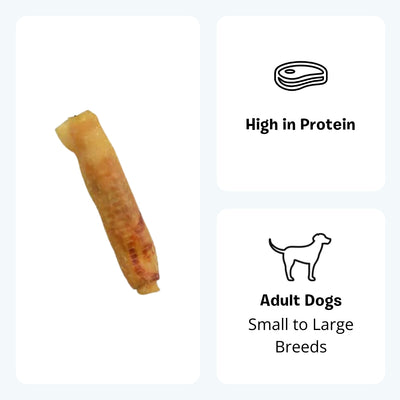We all love sunny weather, but for dogs hot days can come with real risks especially when it comes to heat stroke. Unlike humans dogs can’t cool down by sweating, which means it is up to us to spot the signs early and take action fast.
Here’s a simple, no-nonsense guide to help you recognise the symptoms, know what to do, and keep your pup safe during warmer months.
What Does Heat Stroke Look Like in Dogs?
Dogs can’t tell us they’re overheating—but they can show us. Keep an eye out for:
- Heavy panting or struggling to breathe
- Bright red tongue or gums
- Drooling more than usual
- Wobbly legs or collapsing
- Vomiting or diarrhoea
- Seizures or twitching
- A body temperature over 40°C (104°F)
Even if your dog seems okay one minute, heat stroke can escalate quickly, so don’t wait it out. If something feels off, take action straight away.
What Should You Do If Your Dog Has Heat Stroke?
Stay calm and act quickly. Here’s what to do:
- 1. Get them out of the heat - Move your dog into the shade or indoors somewhere cool.
- 2. Cool them down gradually - Use a damp towel or spray bottle on their paws, belly, neck, and ears.
- 3. Give them small sips of cool water - Not ice-cold, just enough to help them rehydrate without shocking their system.
- 4. Turn on a fan or open windows for airflow.
- 5. Keep an eye on their temperature - (if you can)—once it drops to 38.5–39°C (101–102°F), ease up on cooling.
- 6. Call your vet - Even if your dog looks better, heat stroke can cause internal damage. It’s always safer to get them checked over.
Can Dogs Recover From Heat Stroke on Their Own?
Honestly? It’s risky to leave it to chance. Without your help (and probably a vet’s too), a dog with heat stroke can deteriorate fast. Don’t wait and see—get involved as soon as you notice symptoms.
How Long Does It Take for a Dog to Recover From Heat Stroke?
It depends. Some dogs bounce back in a few hours if they were treated quickly. Others might take days or longer, especially if the heat stroke was severe. Follow your vet’s advice and watch for any ongoing issues with energy levels, appetite, or behaviour.
Will a Dog Eat If They’re Overheated?
Usually not—and that’s okay. Dogs often lose their appetite when they’re too hot or feeling unwell. Let them rest and focus on keeping them cool and hydrated. Food can wait until they’re feeling better.
When Should You Be Worried?
If your dog:
- Can’t stand or walk
- Is having seizures or tremors
- Has a body temperature above 40°C
- Seems unresponsive or confused
Don’t wait—get to a vet immediately. Heat stroke is serious and can turn deadly if not treated quickly.
How to Prevent Heat Stroke in the First Place
It’s much easier to avoid heat stroke than to treat it. Here are a few quick tips:
- Walk your dog early in the morning or late in the evening
- Always carry water and take regular shade breaks
- Avoid tarmac and hot pavements
- Never leave them in a parked car, even with the windows cracked
- Try cooling mats, frozen treats, or damp towels on warm days
Final Thought
Hot weather is great—but only when everyone’s safe and comfortable. Our dogs rely on us to keep them cool, spot the signs, and step in when needed. Stay aware, stay prepared, and give your furry friend a summer full of safe adventures, shady naps, and wagging tails.
Looking for natural cooling treats or summer-safe chews? Check out our summer picks at Postman Pooch — your pup will thank you!










